Revising regulations on management of goods transportation under customs supervision
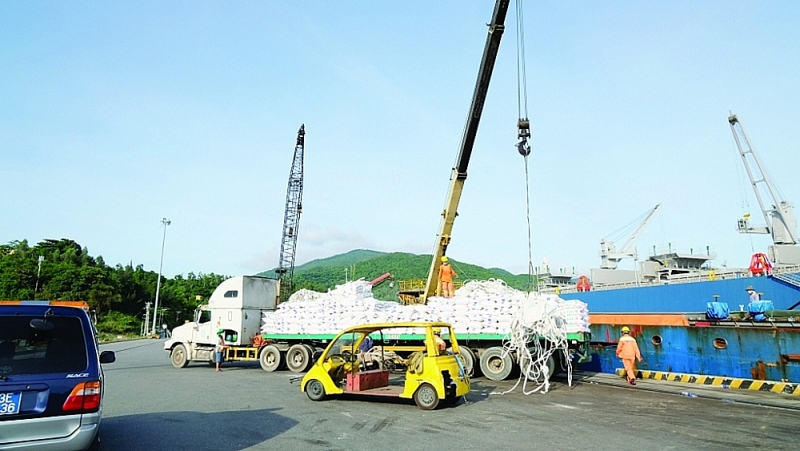 |
| Import and export activities at Da Nang port. Photo: N.Linh |
Adding regulations on means of transportation
There are no regulations on customs procedures for imports, exports and border-transfer goods with the change of mode and means of transportation during the transportation process under customs supervision.
Therefore, to have a legal basis for customs and business to unify customs procedures for these cases, the draft Circular adds regulations on the responsibilities of stakeholders including the customs declarant, customs agency where the goods departures, customs agency in charge of supervision for change in means of transport; and responsibilities of customs agency where goods arrive.
Accordingly, the draft Circular stipulates that the customs declarant is responsible for declaring information about the mode of transport of each transport according to the information criteria specified in the appendix issued with the Circular on the system when registering the customs declaration to carry out the transportation. In case there is a change of means of transport without a change of the customs seal, the customs declarant is responsible for ensuring the original condition of the goods during transportation under customs supervision.
In case the change of means of transport changes the customs seal, the places where the change of means of transport is allowed include the border gate area, ICD, gathering place, customs inspection or supervision areas.
According to the Customs Management and Supervision Department, currently, there are no regulations on conditions for means of transport of goods subject to customs supervision. Therefore, to ensure the requirements for customs supervision for goods transportation under customs supervision, as well as to comply with the provisions of Clause 2, Article 71 of the Customs Law 2014, the draft Circular will supplement regulations on conditions for means of transport of goods subject to customs supervision.
Specifically, the means of transport of goods subject to customs supervision must be certified by a competent authority for meeting standards on technical safety and environmental protection, and being eligible for goods transport business, including the installation of active itinerary monitoring equipment and ensuring customs sealing conditions for goods on the vehicle.
For road vehicles, goods must be stored in sealed containers, tanks, and truck bodies. For railway vehicles, goods must be stored in closed containers, tanks or wagons. For waterway vehicles, goods must be stored in containers, tanks, closed cargo compartments or cargo cellars.
In addition, the draft Circular also sets out the following conditions: containers, tanks, closed truck bodies, closed wagons, cargo compartments or cargo cellars with closed doors must not be punctured or broken; have a locking handle, a pin with a hole sealed by the Customs office; hinge pin, locking handle which must use fixed rivets, and not use bolts and screws.
Bulk cargo is allowed to be transported by open-top truck or railway wagon with open-top doors, or stored in cargo compartments or cellars with open-top water transport vehicles. Oversized, super-heavy and bulky goods are allowed to be transported by flat-floor trucks or railway wagons or stored on the ship's decks of water transport vehicles. However, they must be covered with tarpaulins which have buttonholes for threading cables to fix the tarpaulins with trunks or wagons or cargo compartments, cellars and decks for customs sealing.
Ensuring management requirements of independent goods transportation
Regulations related to goods in transit and independent transportation are also amended and supplemented in the draft Circular to ensure management requirements.
According to the Customs Management and Supervision Department, regarding customs dossiers for goods in transit required for submitting "Contract for transit services", the customs declarant must present a detailed list of imported goods of border-gate transfer, unless detailed information about goods has been declared on the customs declaration and goods has been sent via the postal service of the designated enterprises without advanced information about goods.
In addition, the time for transporting goods subject to independent transportation is also amended. The current regulations stipulate the expected ending date of transportation as follows, for goods transported by road; no more than one day for a distance of less than 500km, no more than three days for a distance of 500km or more; for goods transported by inland waterway, no more than two days for a distance of less than 500km, no more than five days for a distance of 500km or more.
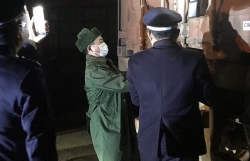 | Company prosecuted for arbitrarily taking goods under customs supervision |
According to the Customs Management and Supervision Department, the above guidance on transportation time is not consistent with the actual transportation of goods subject to customs supervision. Therefore, to ensure compliance with reality, a number of criteria on transportation time must be revised, specifically, for goods transported by road, no more than two days for a distance of less than 500km, no more than five days for a distance of 500km or more. For goods transported by inland waterway, no more than five days for a distance of less than 500km, and no more than seven days for a distance of 500km or more.
Related News
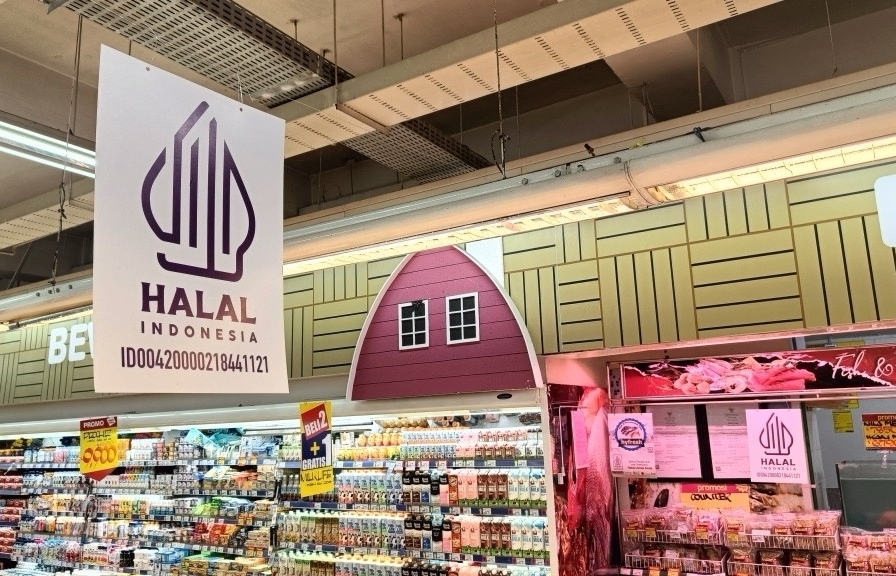
Halal Market: The Door is Wide Open, How to Exploit It
14:23 | 29/12/2024 Import-Export
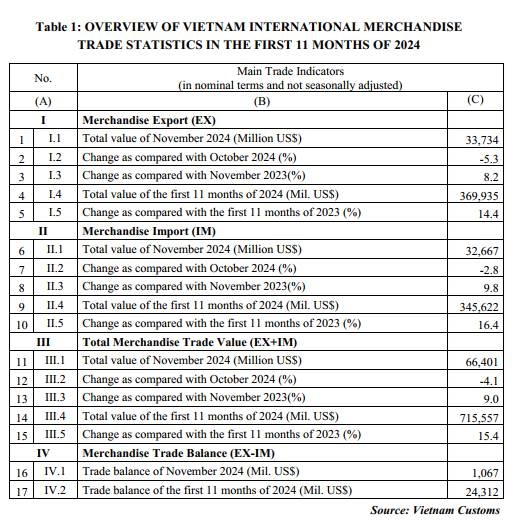
Preliminary assessment of Vietnam international merchandise trade performance in the first 11 months of 2024
10:50 | 27/12/2024 Customs Statistics
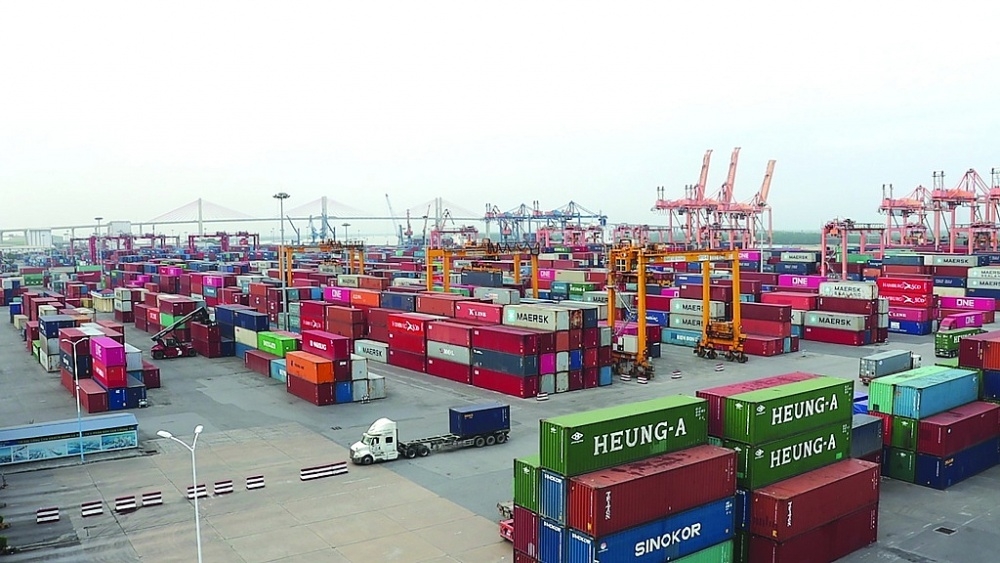
Proposal to amend regulations on goods circulation
13:45 | 06/12/2024 Regulations
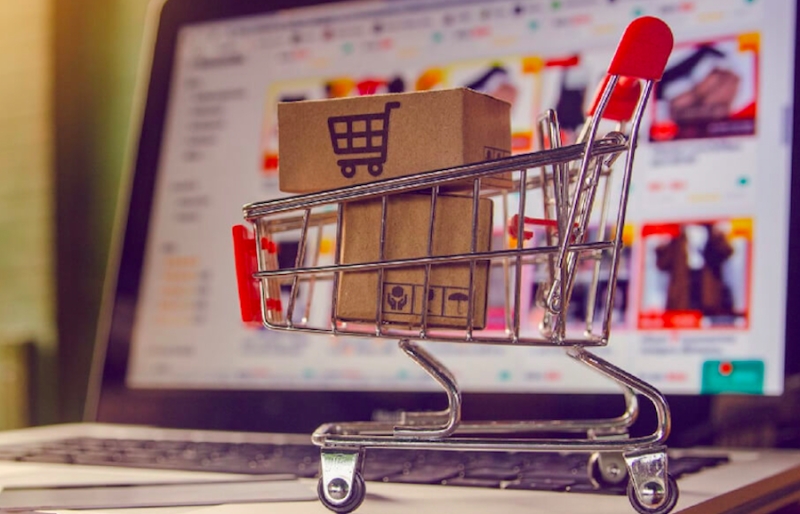
Customs tightens oversight on e-commerce imports
13:39 | 04/12/2024 Regulations
Latest News
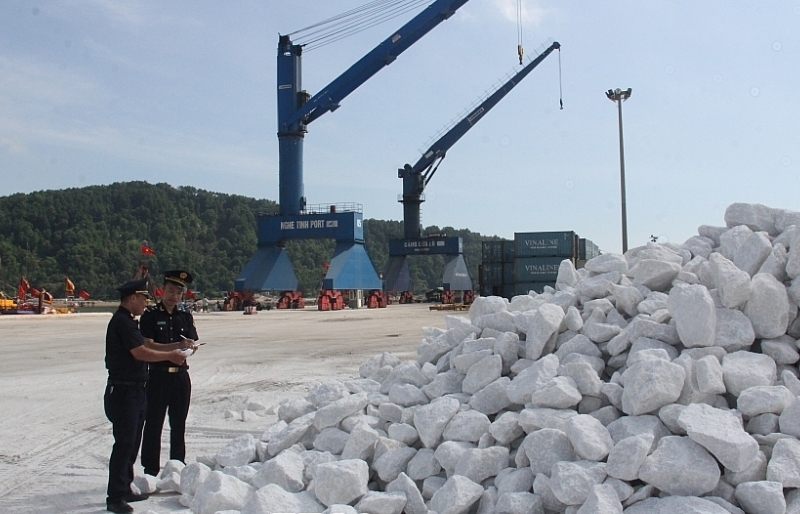
From January 1, 2025: 13 product codes increase export tax to 20%
14:23 | 29/12/2024 Regulations
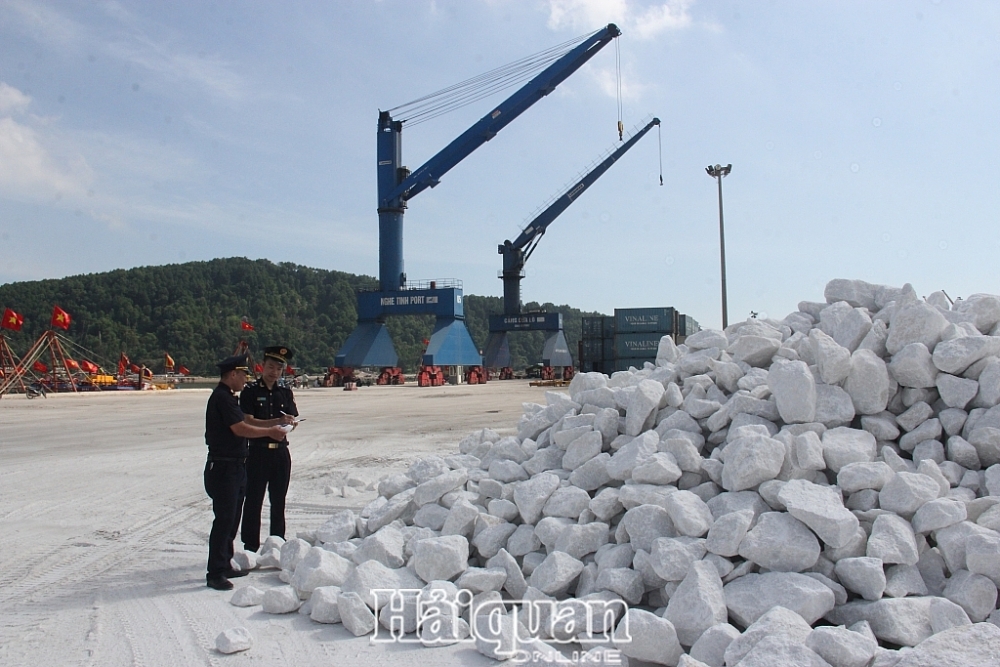
Export tax rates of 13 commodity codes to increase to 20% from January 1, 2025
13:46 | 28/12/2024 Regulations
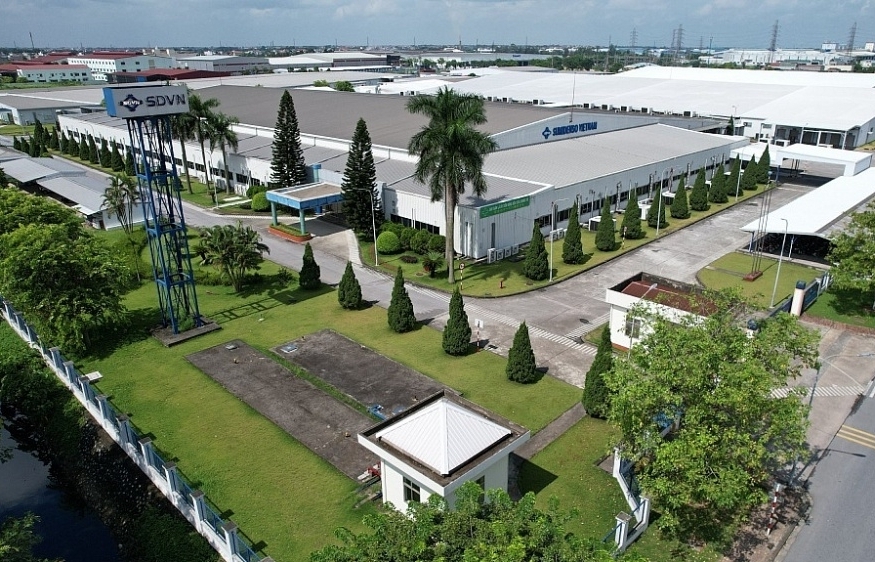
Proposal to reduce 30% of land rent in 2024
14:58 | 25/12/2024 Regulations
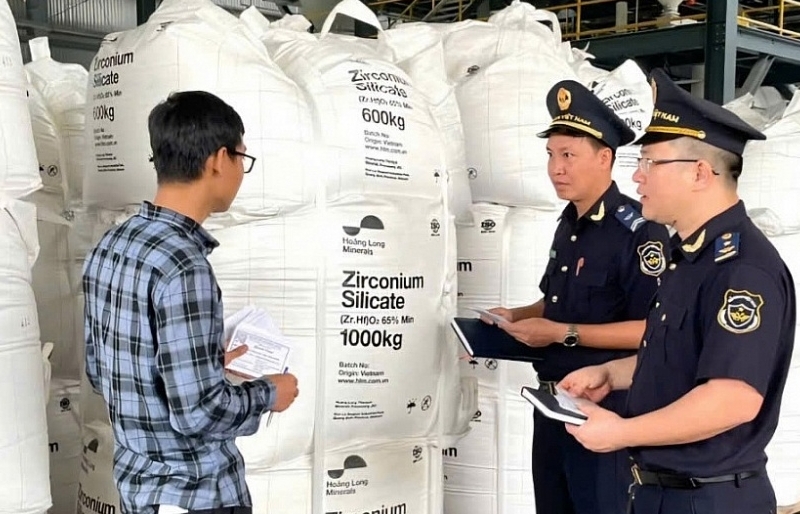
Resolve problems related to tax procedures and policies for businesses
13:54 | 22/12/2024 Regulations
More News
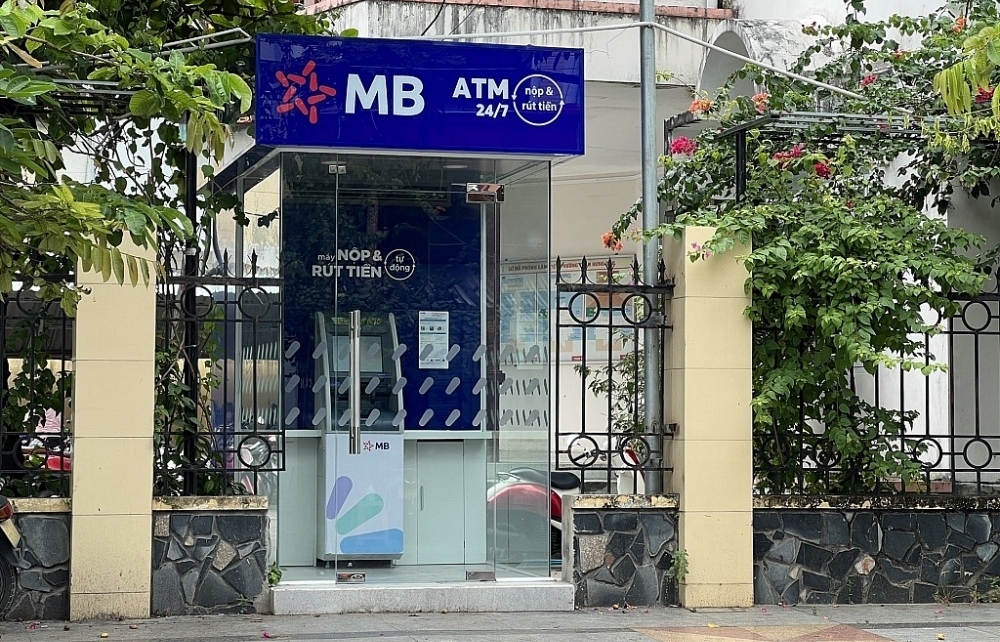
New regulations on procurement, exploitation, and leasing of public assets
09:17 | 15/12/2024 Regulations

Actively listening to the voice of the business community
09:39 | 12/12/2024 Customs
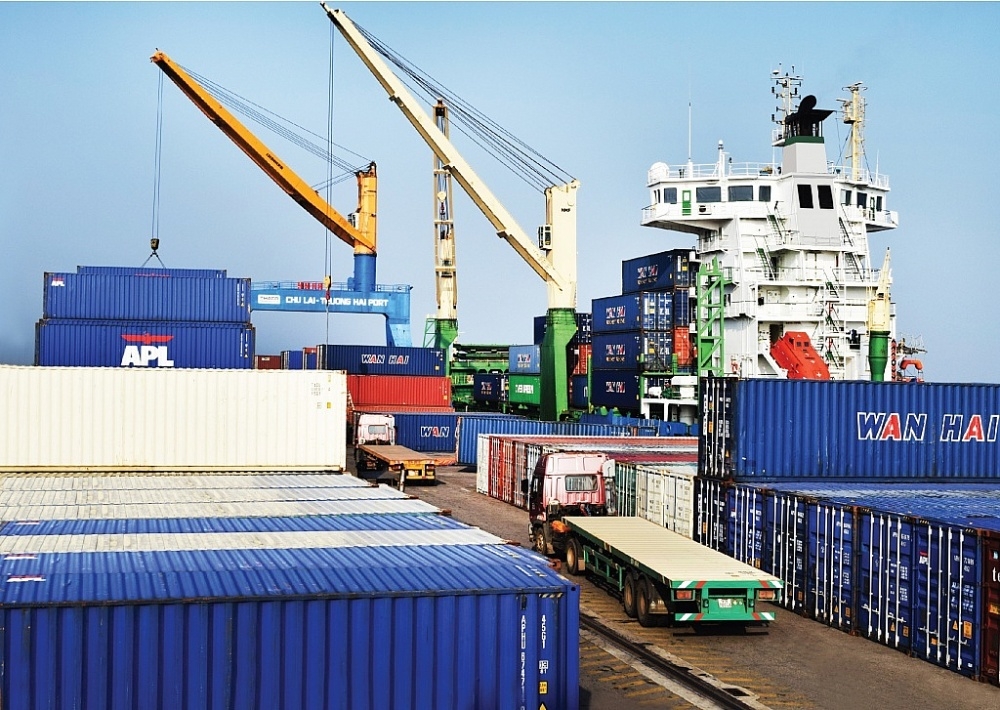
Step up negotiations on customs commitments within the FTA framework
09:44 | 08/12/2024 Regulations
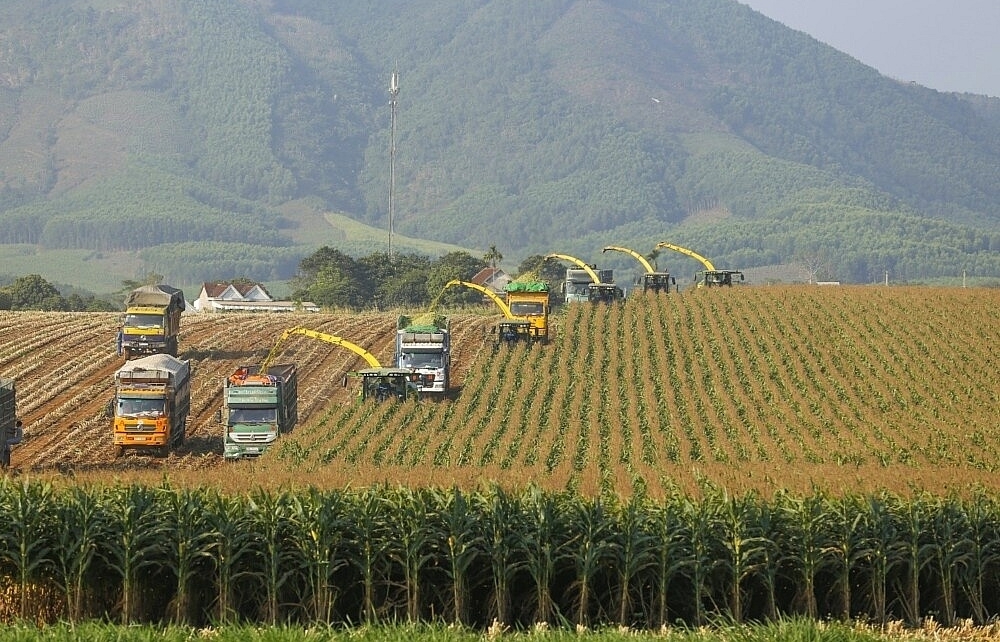
Review of VAT exemptions for imported machinery and equipment
10:31 | 05/12/2024 Regulations
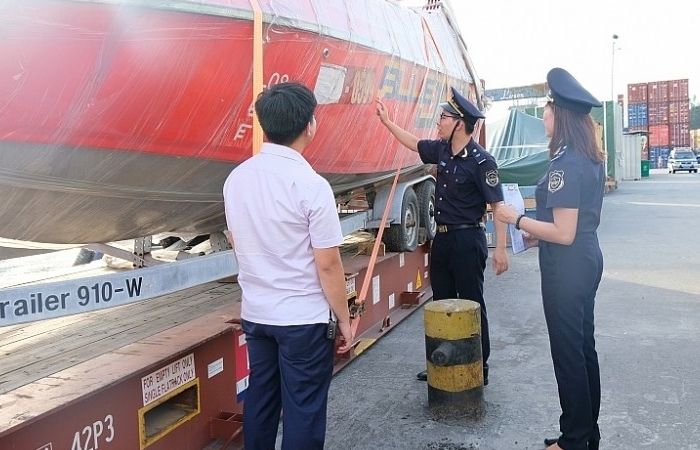
Bringing practical experience into customs management policy
13:48 | 03/12/2024 Regulations

Do exported foods need iodine supplementation?
11:06 | 29/11/2024 Regulations
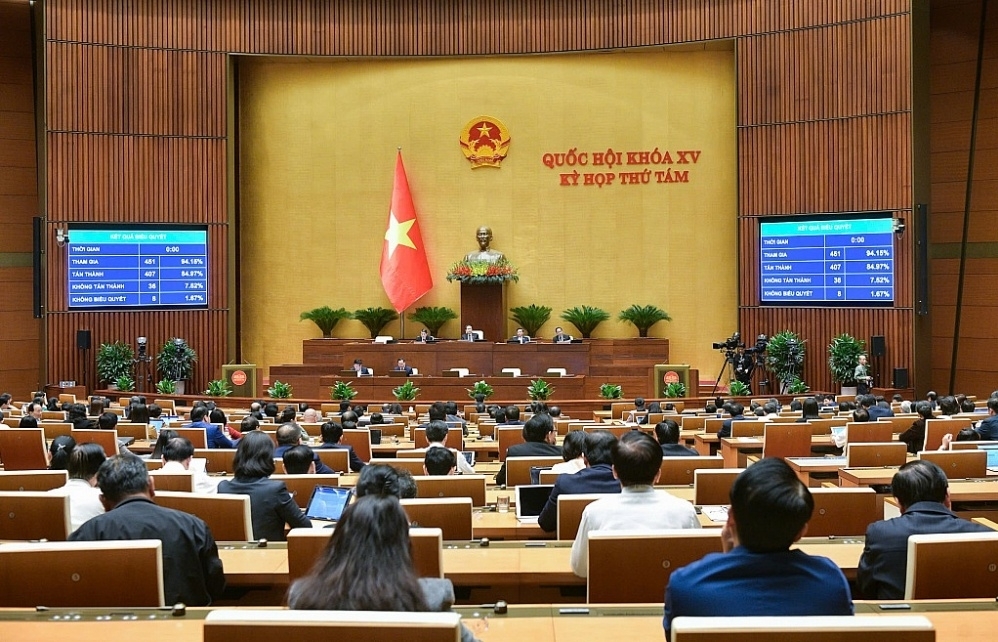
Amendments to the Value-Added Tax Law passed: Fertilizers to be taxed at 5%
13:43 | 28/11/2024 Regulations

Proposal to change the application time of new regulations on construction materials import
08:52 | 26/11/2024 Regulations

Ministry of Finance proposed to reduce VAT by 2% in the first 6 months of 2025
09:00 | 24/11/2024 Regulations
Your care

From January 1, 2025: 13 product codes increase export tax to 20%
14:23 | 29/12/2024 Regulations

Export tax rates of 13 commodity codes to increase to 20% from January 1, 2025
13:46 | 28/12/2024 Regulations

Proposal to reduce 30% of land rent in 2024
14:58 | 25/12/2024 Regulations

Resolve problems related to tax procedures and policies for businesses
13:54 | 22/12/2024 Regulations

New regulations on procurement, exploitation, and leasing of public assets
09:17 | 15/12/2024 Regulations
